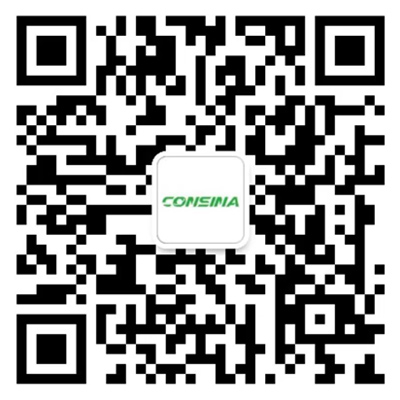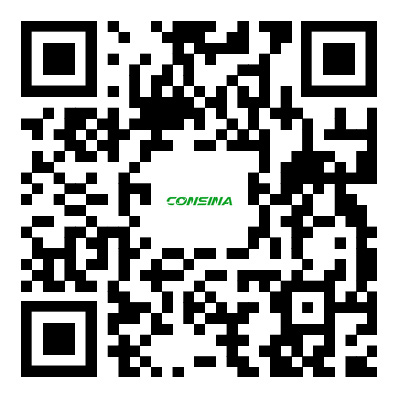1. The smear method is a method of preparing slides by uniformly coating materials onto a glass slide.
The smear materials include single-cell organisms, small algae, blood, bacterial culture medium, loose tissues of animals and plants, testes, anthers, etc.
When coating, attention should be paid to: (1) The glass slide must be clean. (2) The glass slide should be flat. (3) The coating must be uniform. Apply the liquid droplet to the middle right of the slide, and use a dissecting blade or toothpick to evenly spread it. (4) The coating should be thin. Using another glass slide as a push slide, gently push from right to left along the surface of the glass slide with the applied liquid (the angle between the two slides should be 30 ° -45 °) to apply a uniform thin layer. (5) Fixed. If fixation is required, chemical fixatives or drying methods (bacteria) can be used for fixation. (6) Staining. Bacteria use methylene blue, blood uses Reye's staining solution, and sometimes iodine can be used. The staining solution should cover the entire coating surface. (7) Rinse. Use absorbent paper to absorb or bake dry. (8) Sealing. Long term preservation using Canadian gum seals.
2. The compression method is a method of preparing tissue cells by placing biomaterials between a glass slide and a cover, applying a certain amount of pressure to disperse the tissue cells.
3. The loading method is a method of sealing biological materials as a whole to make glass slide specimens, which can be used to make temporary or permanent loading.
The loading materials include: microorganisms such as Chlamydomonas, water hyacinth, amoeba, and nematodes; Hydra, the leaf epidermis of plants; Insect wings, feet, and mouthparts, as well as human oral epithelial cells.
When using the loading method for production, attention should be paid to: (1) When holding the glass slide, it should be kept flat or placed on a platform. When dripping water, the amount of water should be appropriate, so that it is exactly covered by a cover glass. (2) The material should be unfolded using dissecting needles or tweezers to avoid overlapping and flattened on the same plane. (3) When placing a cover glass, slowly cover the water droplet from one side to prevent bubbles from appearing. (4) When staining, place a drop of staining solution on one side of the cover glass and attract it from the other side with absorbent paper to evenly stain the specimen under the cover glass. After coloring, use the same method to drop a drop of water, suck out the staining solution, and observe under a microscope.
4. Slicing is a glass slide specimen made from thin slices cut from an organism.
Due to different requirements, a blade can be used for hand slicing, or tissue blocks can be embedded in paraffin or collodion or frozen at low temperatures and sliced using a slicer. Cut into 5-10 micron thin slices for observation under an optical microscope. Ultra thin sections made by embedding tissue blocks with epoxy resin or methacrylic acid, with a thickness of 20-50 nanometers, are specifically designed for observation under an electron microscope. Slices commonly used in teaching, such as root tips and stems, are commonly referred to as paraffin slices.

